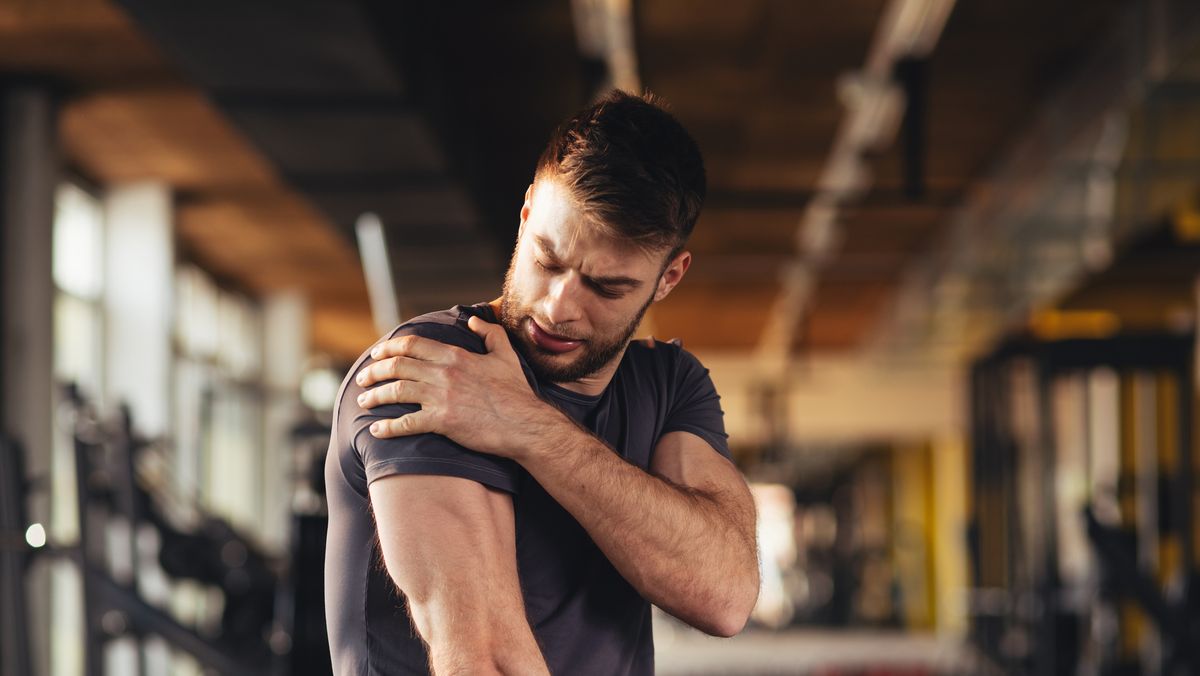Regular exercise is an important part of maintaining a healthy and energetic way of life. As a result, you’ll have a stronger immune system, better cardiovascular health, and more robust bone and muscular tissue. Yet, working out may cause soreness in your muscles. This is to be expected whenever you start doing something for the first time or increase the difficulty of an existing practise. Read on What helps sore muscles after a workout below.
How to Improve Your Physical Health
Some initial muscle soreness is to be expected. Acute pain describes this kind of distress. It’s possible that they’ll start to hurt or stiffen up around 12 hours following your workout. Between 48 and 72 hours post-procedure is a common time when patients report feeling the most pain. Delay in recovery from muscle fatigue is what causes delayed-onset muscle soreness. During this time, your muscle fibres will start to repair and strengthen. The pain from muscular soreness can disappear quickly or linger for days.
Get some light stretching in to help ease the tension in your muscles
- To rub muscles.
- Rest.
- Use ice to help reduce inflammation.
In order to improve blood flow to muscle tissue, heating it can be helpful. A hot shower or bath, while seemingly trivial, can actually go a long way towards alleviating discomfort.
Over-the-counter (OTC) pain relievers, such NSAIDs like ibuprofen, are one example (brand name: Advil)
Over-the-counter pain relievers including menthol and capsaicin creams and gels (like IcyHot and Aspercreme) can ease muscle soreness and stiffness.
Tense muscles are a reality of this condition, unfortunately. It’s an important first step towards achieving total strength and wellness. Try some of the things on this list to assist ease the suffering.
Make yourself comfortable in your new environment
Some research suggests that stretching your muscles after warming them up is more effective than the other way around. As a result of the enhanced circulation, your muscular tissue will feel more alert. Start by doing modified versions of targeted exercises. Exercises in this category include brisk walking, light cycling, jumping rope, and light weight lifting.
Do yourself a favour and hydrate
Water helps the body maintain a steady internal temperature, relaxes tight muscles, and carries nutrients to cells to be used as fuel. Without adequate water intake, the human body cannot function at its peak. Muscle cramps, fatigue, dizziness, and sometimes more serious symptoms could be experienced.
Scaled back in scope
The same set of muscles shouldn’t be worked in the same way for at least 48 hours (with the same intensity or for as long). Doing a reduced or less intense version of an exercise routine that targets the same muscles can have positive effects. In the days following a strenuous workout, such as jogging, easing back into activity with a stroll or bike ride might help reduce muscle soreness. Avoid long stretches of inactivity.
Chill out and take it easy for a while
Stretching is an essential part of any exercise routine. When your muscles are warmed up, they relax and you’ll have more range of motion. When you stretch, blood is pushed away from your muscles and back towards your heart, which both helps your muscles feel better and also helps your heart function better.
It’s important to keep your actions within acceptable parameters at all times
You may be tempted to speed up your workout routine, but remember that slow and steady wins the race. The more you keep track of your progress, the more likely you are to succeed in your goal. If you try to improve too rapidly, you could hurt yourself.







